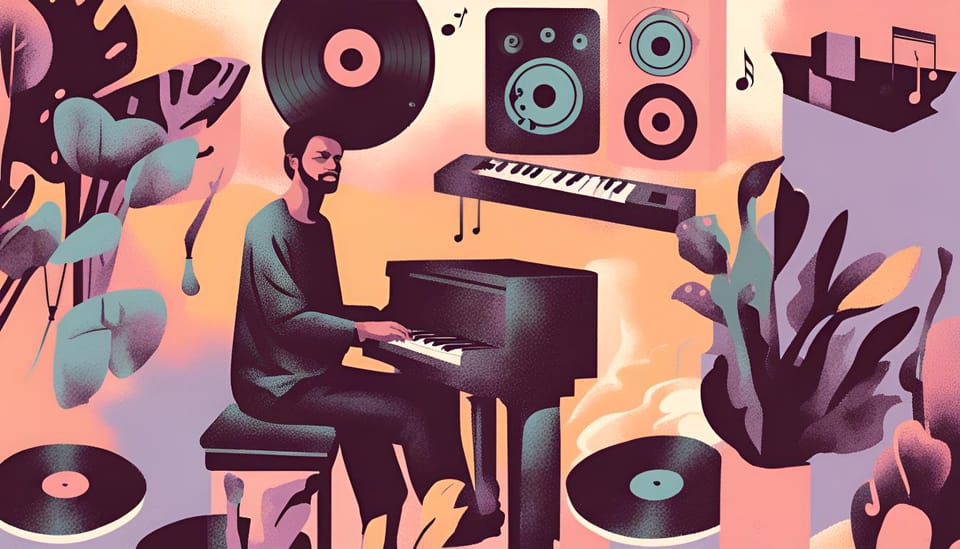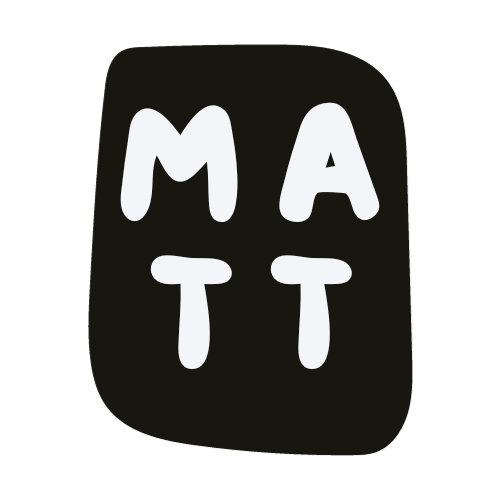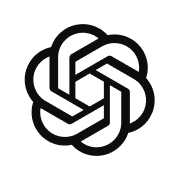From Analog to AI: My Journey as a Music Producer

Picture this: a track that seamlessly blends the organic richness of real vocals and live sounds with the cutting-edge capabilities of AI as an assistant. It's a fusion of the human and the machine, creating something that’s not just music but an experience. Let's dive in.
The Vision: A Hybrid Soundscape
The idea was to create a track that felt both timeless and futuristic. I wanted the warmth, emotion, and imperfection of real human performance while leveraging AI to push creative boundaries. Think of it as a chef using both traditional recipes and modern culinary techniques to whip up a dish that’s both comforting and innovative.
Laying Down the Vocals: The Soul of the Track
First things first: the vocals. There’s something irreplaceable about the human voice—its ability to convey emotion, its raw authenticity. I collaborated with an incredible vocalist whose pipes could give you chills. He recorded them and sent them to me on google drive.
Analog Sounds: The Earthy Foundation
Next up was layering in some real, tangible sounds. I turned to my trusty analog gear—my Moog and Juno-106. The basslines from the Moog felt like they were alive, pulsating with energy that hits you right in the gut. The synth lines from the Juno-106 added a dreamy, ethereal quality, like mist rolling over a landscape at dawn.
These sounds were the canvas upon which the rest of the track would be painted. They provided a rich, textured foundation that anchored the piece in something real, something you could almost touch and feel.
The AI Assist: Sparking Creativity and Innovation
Here’s where things got interesting. With the soulful vocals and lush analog sounds in place, I enlisted my AI assistant to help generate ideas. I requested chord progressions, melodic hooks, and rhythmic patterns. The AI churned out a plethora of options—some were wild, some were subtle, but all were intriguing.
For the melodic hooks, the AI served as a springboard. It generated lines that were catchy, but I gave them that final human touch, tweaking the phrasing and dynamics until they felt just right. It was like having a co-writer who never tires, always ready to throw new ideas into the mix.
I decided to take things a step further by creating a custom GPT model tailored specifically for music-making. Yeah, you heard that right. Imagine having an AI that’s not just a generic assistant but one that’s finely tuned to your creative process, your style, your quirks.
First, I fed it a ton of data—my past tracks, my favorite chord progressions, even my go-to synth settings. The idea was to create a model that could "think" like me, offering suggestions that were in line with my musical sensibilities.
The results were nothing short of revolutionary. My custom GPT could generate MIDI files that felt eerily intuitive, suggest chord progressions that resonated deeply with my style, and even offer sound design tips that I might have otherwise overlooked. It was like having a version of myself on steroids, always there to bounce ideas off of and push the creative envelope.
With a solid harmonic and melodic structure in place, I moved to the MIDI realm. The AI-generated MIDI sequences were connected to my sample libraries, pulling in textures that complemented the analog elements. It was the best of both worlds—digital precision meeting analog warmth.
HERE is the GPT

Chord Progressions: Fresh Yet Familiar
The AI’s chord progressions brought a fresh perspective. They added unexpected twists and turns, taking the track in directions I wouldn’t have thought of on my own. I cherry-picked the best ones, blending them with my own ideas to create a harmonic structure that was both innovative and grounded.
For the melodic hooks, the AI served as a springboard. It generated lines that were catchy, but I gave them that final human touch, tweaking the phrasing and dynamics until they felt just right. It was like having a co-writer who never tires, always ready to throw new ideas into the mix.
Connecting the Dots: MIDI and Samples
With a solid harmonic and melodic structure in place, I moved to the MIDI realm. The AI-generated MIDI sequences were connected to my sample libraries, pulling in textures that complemented the analog elements. It was the best of both worlds—digital precision meeting analog warmth.
Finally, it was time for the pièce de résistance—blending everything together. The real vocals, rich with emotion, sat front and center. The analog sounds provided depth and texture. And the AI-generated ideas added a layer of complexity and freshness.
I spent hours—no, days—tweaking, mixing, and perfecting. Bringing out the highs, tucking in the lows, ensuring every element had its moment to shine. It was an intricate dance, a balancing act that required both technical prowess and creative intuition.
When all was said and done, the track was more than just a piece of music; it was a journey. A journey through time and technology, through emotion and innovation. It had the raw, unfiltered soul of analog sounds and real vocals, elevated by the limitless creative potential of AI.
So there you have it. A track that embodies my musical evolution, blending the best of both old-school craftsmanship and modern technology. It’s a testament to what’s possible when you let curiosity and creativity lead the way.
Keep pushing the boundaries, keep blending the old with the new, and let the music take you places you’ve never been.

